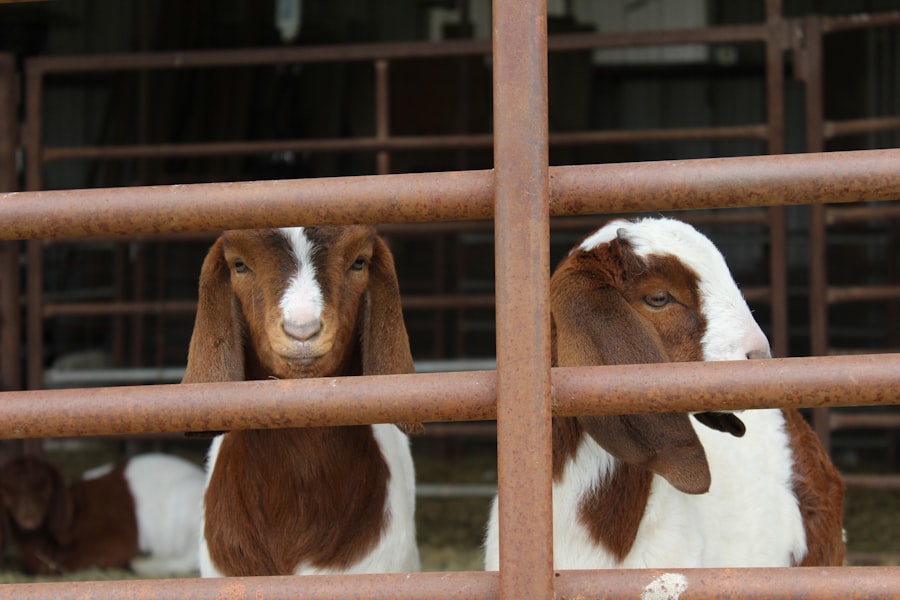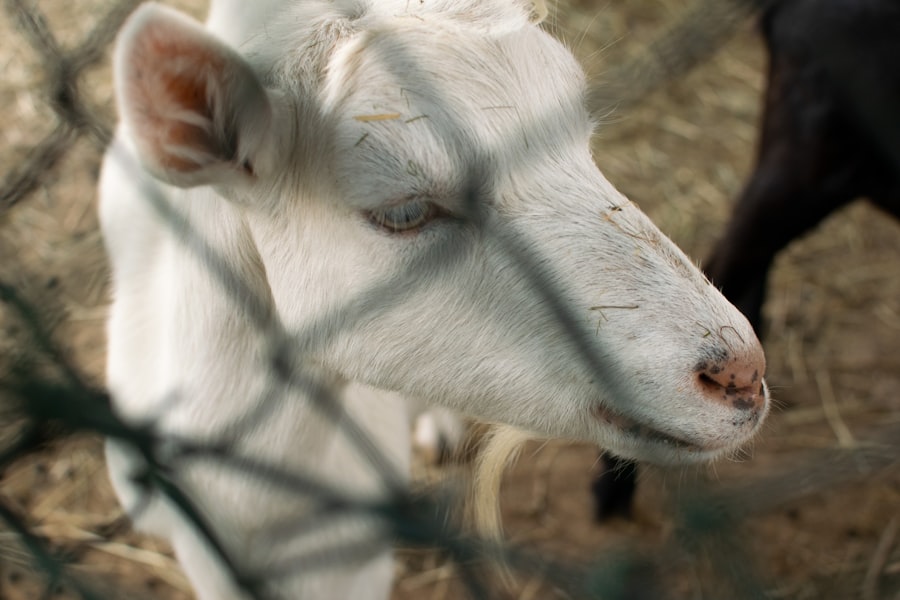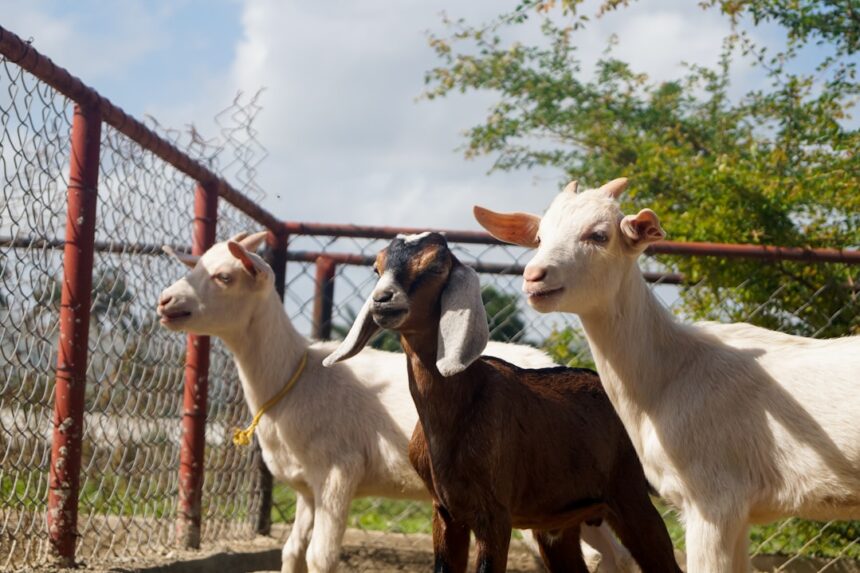The Central Intelligence Agency (CIA) has long been associated with covert operations and clandestine activities aimed at influencing global politics. One of the more intriguing chapters in its history involves the agency’s involvement in the funding of the animated adaptation of George Orwell’s “Animal Farm.” This 1954 film, based on Orwell’s allegorical novella, served as a potent critique of totalitarian regimes, particularly Stalinist Russia. The CIA recognized the potential of this narrative to resonate with audiences during the Cold War, leading to a strategic decision to support its production and distribution.
This article delves into the origins of “Animal Farm,” the motivations behind the CIA’s funding, and the broader implications of such involvement in cultural production. The intersection of art and politics is often fraught with complexity, and the case of “Animal Farm” exemplifies this dynamic. The CIA’s engagement with the film not only highlights the agency’s interest in shaping public perception but also raises questions about the ethical dimensions of using art as a tool for propaganda.
As the Cold War intensified, the battle for hearts and minds became increasingly significant, prompting the CIA to explore unconventional avenues for promoting its ideological stance. The story of “Animal Farm” serves as a compelling case study in understanding how cultural narratives can be manipulated to serve political ends.
Key Takeaways
- The CIA’s involvement in funding Animal Farm was part of its Cold War propaganda efforts.
- Animal Farm originated as a novel with an anti-communist message, making it a target for CIA support.
- The CIA made the decision to fund the production and distribution of Animal Farm to promote anti-communist ideology.
- The CIA’s involvement in funding Animal Farm was covert and kept secret from the public.
- The CIA’s funding had a significant impact on the success and reach of Animal Farm as a piece of anti-communist propaganda.
The origins of Animal Farm and its anti-communist message
“Animal Farm” was published in 1945, a time when the world was grappling with the aftermath of World War II and the rise of totalitarian regimes. George Orwell, a staunch critic of authoritarianism, crafted this allegorical tale to reflect his disillusionment with the Soviet Union under Joseph Stalin. The narrative follows a group of farm animals who overthrow their human farmer, only to find themselves under the oppressive rule of their fellow animals.
The anti-communist message embedded within “Animal Farm” resonated deeply with audiences in the West, particularly as tensions between the United States and the Soviet Union escalated. Orwell’s portrayal of the pigs—who symbolize the ruling elite—serves as a stark reminder of how revolutionary movements can devolve into tyranny.
The story’s themes of manipulation, propaganda, and betrayal struck a chord during a period marked by fear of communist expansion. As such, “Animal Farm” became not just a literary work but a powerful commentary on the political landscape of its time.
The CIA’s decision to fund the production and distribution of Animal Farm

Recognizing the potential impact of “Animal Farm,” the CIA made a calculated decision to fund its production and distribution. The agency understood that art could serve as a vehicle for ideological warfare, capable of swaying public opinion and countering communist narratives. By supporting the animated adaptation, the CIA aimed to amplify Orwell’s message and ensure that it reached a wide audience, particularly in Europe where anti-communist sentiment was gaining traction.
The decision to invest in “Animal Farm” was part of a broader strategy employed by the CIA during the Cold War, known as cultural diplomacy. This approach sought to promote American values and counteract Soviet propaganda through various forms of cultural expression, including literature, film, and music. By backing projects like “Animal Farm,” the CIA hoped to foster an environment conducive to democratic ideals while simultaneously undermining communist ideologies.
This strategic funding was not merely an act of patronage; it was a calculated move in a larger geopolitical chess game.
The covert nature of the CIA’s involvement in funding Animal Farm
| Year | Amount funded (in millions) | Details |
|---|---|---|
| 1950 | 1.5 | Funding provided to distribute the animated film version of Animal Farm in Europe |
| 1954 | 2.0 | Additional funding for the distribution of Animal Farm in Asia |
| 1957 | 1.8 | Support for the publication of Animal Farm in various languages |
The CIA’s involvement in funding “Animal Farm” was shrouded in secrecy, reflecting the agency’s preference for covert operations. The funding was funneled through various fronts and intermediaries to obscure its origins, allowing the agency to maintain plausible deniability. This clandestine approach was emblematic of the Cold War era, where information warfare was as critical as military engagements.
The covert nature of this funding raises important questions about transparency and accountability in cultural production. While the CIA sought to promote a specific ideological narrative through “Animal Farm,” it did so without public acknowledgment or debate. This lack of transparency not only complicates the legacy of the film but also highlights broader concerns about the manipulation of art for political purposes.
The secretive funding model employed by the CIA serves as a reminder that cultural narratives can be shaped by unseen forces, often without the knowledge or consent of creators and audiences alike.
The impact of the CIA’s funding on the success of Animal Farm
The CIA’s financial backing played a crucial role in ensuring the success of “Animal Farm.” With adequate resources at their disposal, producers were able to create a high-quality animated film that captured Orwell’s vision while making it accessible to a broader audience. The film’s release coincided with a period when anti-communist sentiment was on the rise, allowing it to resonate with viewers who were increasingly wary of totalitarian regimes. Moreover, the CIA’s involvement helped facilitate distribution channels that might have otherwise been unavailable to independent filmmakers.
By leveraging its connections and resources, the agency ensured that “Animal Farm” reached international markets, further amplifying its impact. The film became a tool for ideological dissemination, reinforcing anti-communist sentiments while simultaneously elevating Orwell’s work within popular culture. As such, it is evident that the CIA’s funding significantly contributed to both the film’s commercial success and its role as a vehicle for political messaging.
Controversies surrounding the CIA’s secret funding of Animal Farm

The revelation of the CIA’s secret funding for “Animal Farm” has sparked considerable controversy over the years. Critics argue that such covert involvement undermines the integrity of artistic expression, reducing it to mere propaganda. The notion that a government agency would manipulate cultural narratives for political gain raises ethical concerns about artistic autonomy and freedom of expression.
Furthermore, this controversy extends beyond “Animal Farm” itself; it invites broader discussions about the relationship between art and power. When art is funded by entities with vested interests, questions arise about authenticity and intent. Audiences may find themselves grappling with conflicting interpretations—should they view “Animal Farm” as a genuine critique of totalitarianism or as a product shaped by an agenda?
This tension complicates how cultural works are received and understood, ultimately influencing their legacy.
The legacy of Animal Farm and the CIA’s involvement
The legacy of “Animal Farm” is multifaceted, encompassing both its literary significance and its role as a tool for ideological warfare. While Orwell’s novella remains a cornerstone of political literature, the animated adaptation has carved out its own place in cultural history—one that is inextricably linked to the CIA’s covert funding efforts. This connection complicates how future generations will interpret both Orwell’s work and its adaptations.
As time has passed, “Animal Farm” has continued to be referenced in discussions about power dynamics and political corruption. However, awareness of its ties to CIA funding has led some scholars and critics to reassess its impact within a broader context. The film serves as a reminder that even artistic endeavors can be influenced by external forces seeking to shape public perception.
This legacy prompts ongoing conversations about how art can be both a reflection of society and an instrument for manipulation.
The ethical implications of the CIA’s funding of propaganda
The ethical implications surrounding the CIA’s funding of “Animal Farm” are profound and far-reaching. At its core lies a fundamental question: should art be used as a tool for propaganda? While some may argue that promoting democratic ideals through cultural means is justifiable, others contend that such actions compromise artistic integrity and autonomy.
The use of art for political purposes raises concerns about authenticity and manipulation. When creators are unaware that their work is being funded by an agency with specific ideological goals, it blurs the lines between genuine expression and orchestrated messaging. This ethical dilemma extends beyond “Animal Farm,” prompting broader discussions about how governments engage with culture and whether such interventions can ever be justified without compromising artistic freedom.
Comparisons to other instances of CIA involvement in cultural production
The case of “Animal Farm” is not unique; it reflects a broader pattern of CIA involvement in cultural production during the Cold War era. Similar initiatives included support for abstract expressionist artists, jazz musicians, and various literary figures who were seen as embodying American values. These efforts were part of a concerted strategy to promote U.S.
culture abroad while countering Soviet influence. Comparing “Animal Farm” to other instances reveals common themes: art as a weapon in ideological battles, covert funding mechanisms, and ethical dilemmas surrounding authenticity. Each case underscores how cultural narratives can be shaped by political agendas, raising questions about what constitutes genuine artistic expression in contexts where external forces exert influence.
The influence of Animal Farm on Cold War propaganda efforts
“Animal Farm” emerged as a significant player in Cold War propaganda efforts, serving as both a cautionary tale about totalitarianism and an affirmation of democratic values. Its release coincided with heightened tensions between East and West, making it an effective tool for conveying anti-communist sentiments to audiences around the world. The film’s impact extended beyond entertainment; it became part of a larger narrative that framed communism as an existential threat to freedom and democracy.
By leveraging Orwell’s powerful allegory, propagandists were able to tap into existing fears while reinforcing their ideological stance. In this way, “Animal Farm” exemplified how cultural products could be mobilized for political purposes during one of history’s most contentious periods.
The lasting impact of the CIA’s secret funding of Animal Farm on the perception of the agency
The revelation that the CIA funded “Animal Farm” has had lasting implications for how both art and intelligence agencies are perceived. For many, it serves as a cautionary tale about the intersection between culture and power—reminding audiences that even beloved works can be entangled in political machinations. This connection has contributed to an enduring skepticism regarding government involvement in cultural production.
As audiences become increasingly aware of these dynamics, they may approach artistic works with greater scrutiny—questioning not only their content but also their origins.
In exploring the intriguing history of how the CIA funded the animated adaptation of George Orwell’s “Animal Farm,” it’s fascinating to delve into the broader context of cultural influence during the Cold War. A related article that provides further insight into the strategic use of media during this period can be found on the War Room website. This article discusses various covert operations and the role of propaganda in shaping public perception. For more detailed information, you can read the full article by visiting this link.
CHECK THIS OUT! 📽️🎞️ Hollywood’s Secret War: How the CIA Rewrote Movies
FAQs
What is the book “Animal Farm” about?
“Animal Farm” is a novel written by George Orwell that is a satirical allegory of the Russian Revolution and the rise of Stalinism. It tells the story of a group of farm animals who rebel against their human farmer, hoping to create a society where the animals can be equal, free, and happy.
How did the CIA fund “Animal Farm”?
The CIA funded the animated film adaptation of “Animal Farm” in 1954 as part of their cultural and ideological Cold War efforts. The agency saw the film as a way to promote anti-communist sentiment and used it as a tool in their propaganda efforts.
Why did the CIA fund “Animal Farm”?
The CIA funded “Animal Farm” as part of their broader efforts to counter Soviet influence and promote anti-communist sentiment during the Cold War. They saw the film as a way to advance their ideological agenda and undermine the appeal of communism.
Was the funding of “Animal Farm” by the CIA controversial?
Yes, the funding of “Animal Farm” by the CIA was controversial, as it raised questions about the agency’s involvement in cultural and artistic endeavors. Some critics saw it as an example of government interference in the arts and a violation of artistic freedom.




